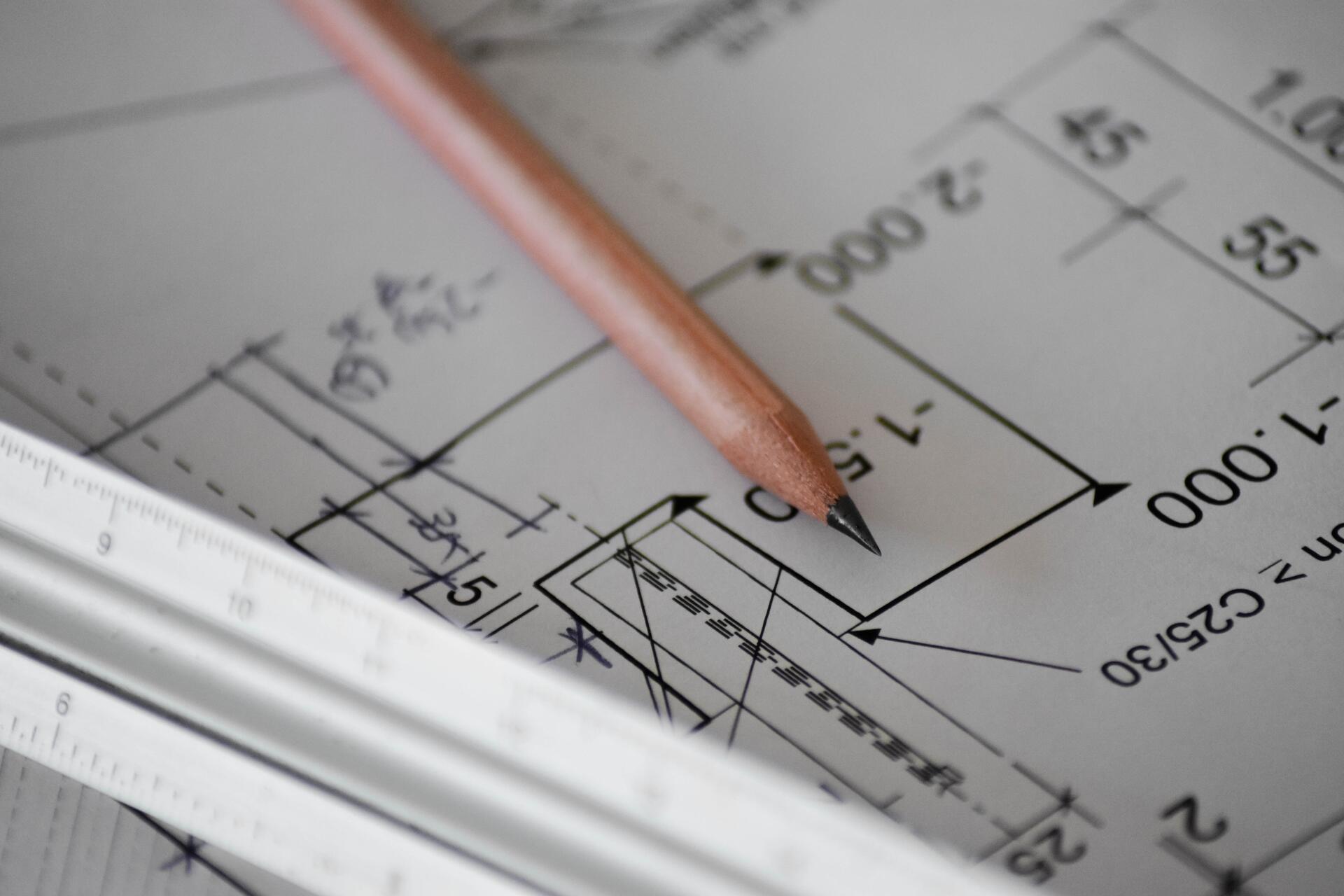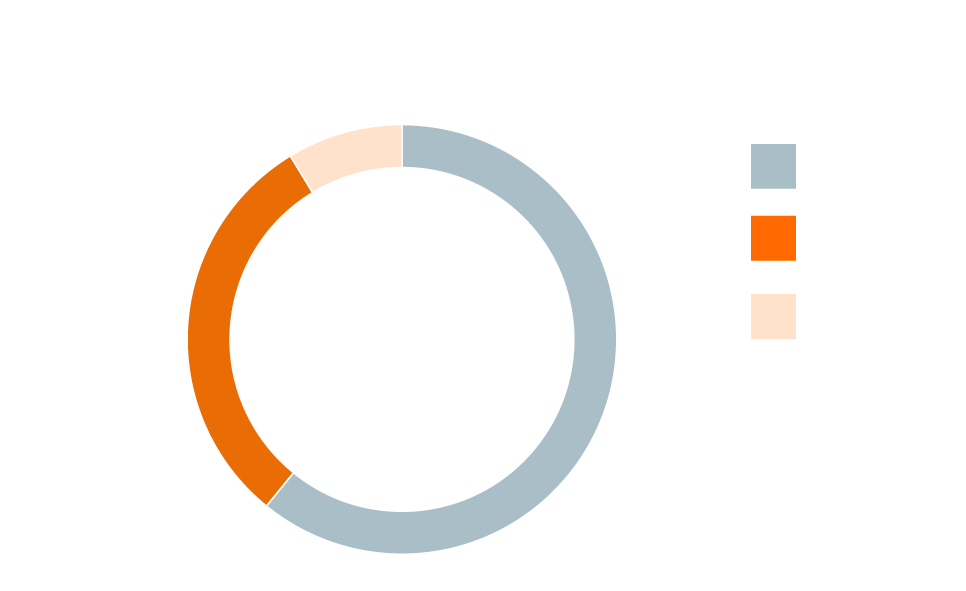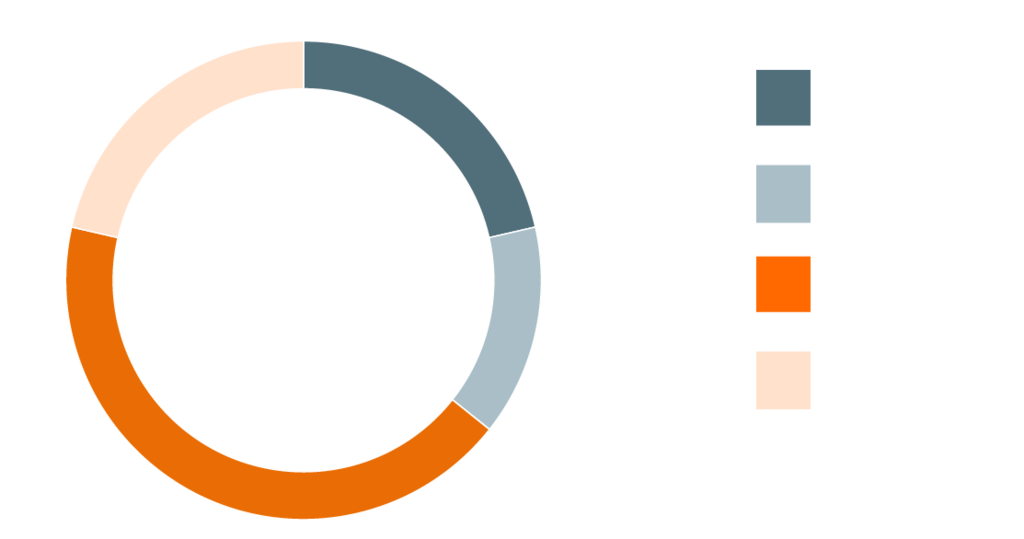System architecture, tools and interfaces

Introduction of new technology and new players creates a need to supplement and revise existing logistics systems. In order to achieve an efficient logistics operation for different types of logistics applications, a generally useful system architecture built up of interchangeable sub-systems with standardized interfaces will be created.
This is done by studying the demonstrations that are taking place and discussing with the parties in REEL, but also other related international projects.
What issues are the basis of our work?
- How should a system architecture that provides environmentally and cost-effective system solutions and that is built up of interchangeable and interoperable subsystems be designed?
- What requirements exist and should be set in order to achieve harmonized interfaces between the various sub-systems?
- What needs for tools connected to planning, dimensioning and control do the actors in the system have?
- What factors that can not be priced such as flexibility and complexity in business relationships, as well as consequences of disruptions and errors in the system, are governing in the design of the system and its parameters?
We will continuously publish results here.
The information below is based on an interview study conducted in the spring of 2022 with 19 logistics players.
The interviews have been conducted by CLOSER at Lindholmen Science Park in a semi-structured manner covering the following aspects: general organizational information, logistics & operational layout, hardware and software specifications, policy, business models, work environment, system architecture and scale-up potential.
The 175 interview questions are designed in collaboration between CLOSER and the academic partners participating in REEL, i.e. Chalmers, Linköping University and Lund University.
Business critical information obtained in interviews has been aggregated and filtered.
What do the actors participating in REEL think about the current incentives for truck charging infrastructure?
All the cases that are being operated in the REEL-project are highly dependent on charging infrastructure at the premises of the operating transport company or at customers.
Approximately 56% of the total energy charged into the trucks within REEL, is provided at low power, up to 49kW. Non-public charging, i.e. at the premises of the transport companies, or at customers’ facilities, accounts for 95% of the total energy being charged, on average. Some of the cases are based on urban distribution which is characterized by a rather low daily covered distance and substantial amount of inactive time during the day. The vehicles are standing still quite a lot during distribution and often for 12-16 hours between the shifts. Thus, the need for fast charging during the day and between the shifts is limited as long as the vehicles operate on one-shift per day basis. In these cases, the transport companies tend to rely on chargers that in many cases were provided by the OEM, together with the truck. These chargers are rather simple as they deliver only 22kW of power. A limitation that arises with some of these ”simpler” chargers is the lack of a notification in case the charging sequence is cancelled. The transport company finds its electric truck not being sufficiently charged in the morning, not able to operate parts of the route or at all. In relation to this, and in general when discussing charging infrastructure many actors highlights the need of being able to monitor and evaluate the charging performance, and that this ability will be taken into account in future sourcing.
Further on, actors’ access to power is observed to be limited or very limited at many locations. Therefore, as the number of electric vehicles in the fleets is expected to increase for most of the transport companies involved in the REEL-project, the monitoring, evaluation and power management is expected to rise in importance.
Local grid owners also have price models with the aim of balancing grid power outtake. Therefore, an ability to influence power outtake to minimize costs related to energy and power, will be crucial (e.g. local energy production, energy storage, smart charging).
Overall, the aspects regarding energy and power are quite new for most of the transport companies and has required substantial amount of time and effort to get familiar with. One of the project members put it as:
Choosing the truck was the easiest part of the process

Low power chargers (up to 49kW) at depots supporting the logistics cases, presented per manufacturer

High power chargers (from 150kW and higher) at depots supporting the logistics cases, presented per manufacturer

Do you want to know more?


